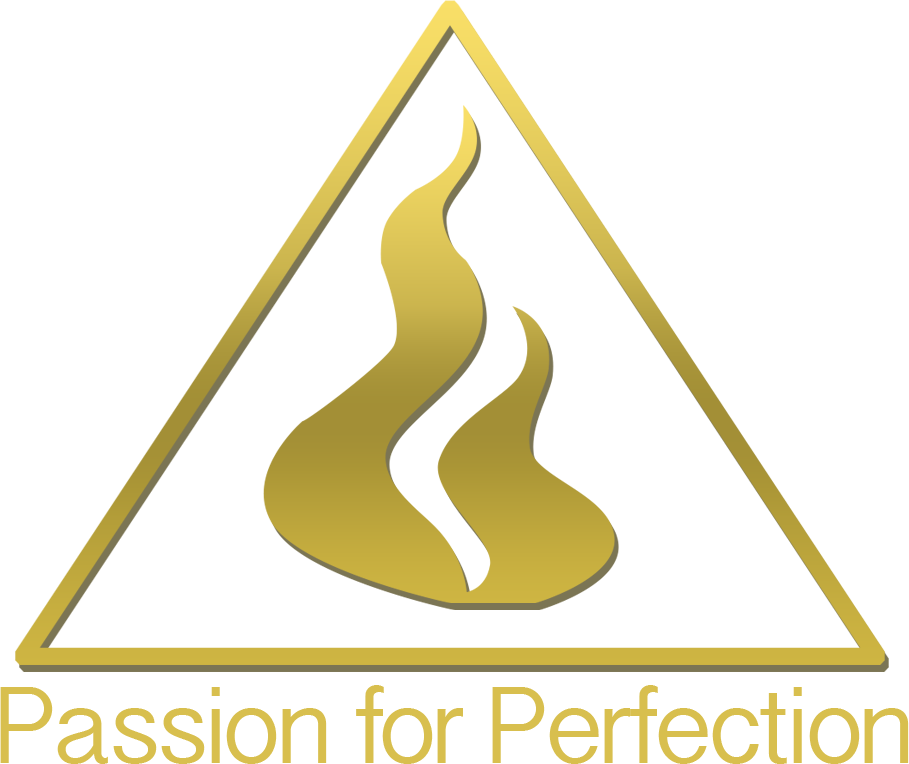Anderson & Jack (2008) argue that the most appropriate way to view the concept of enterprise education is from a pedagogical viewpoint. They distinguish entrepreneurship education as very much about business start-up and the new venture creation process, while enterprise education is underpinned by experiential action learning that can be in, outside and away from the normal classroom environment and which can be delivered across the range of subject areas throughout different phases of education. Thus, to these authors, entrepreneurship education has to do with content; enterprise education has to do with method.
In their use of the term ‘enterprise’ in the context of economic development strategies Gibson et al.(2008); Ball & Organisation for Economic Cooperation and Development (1989) also came up with two definitions of the term. The first, and narrow one, regards enterprise as business entrepreneurialism, and sees its promotion and development within education and training systems as an issue of curriculum development which enables young people to learn, usually on an experiential basis, about business start-up and management. The second, and broad one, regards enterprise as a group of qualities and competencies that enable individuals, organizations, communities, societies and culture to be flexible, creative, adaptable in the face of, and so contributors to, rapid social and economic change. This definition has to do with life skills.
In practice, and as reported in literature, the narrow view fails to encompass the complexity behind a multifaceted concept such as entrepreneurship : someone does not have to create a business venture to behave like an entrepreneur (i.e., to perceive, evaluate and exploit opportunity). For instance, a broad definition of entrepreneur can be found in literature as referring to an “employee that applies entrepreneurial thinking to the various internal functions of existing business” (Kourilsky and Walstad, 2000 in Bridges, 2008).
One can be an employee in an organization and still be able to spot an opportunity such as an unexploited market niche, and fill it by developing a new product, devising a new service, discovering a new technology, or formulating a new organization” (Kent 1990, in Bridges, 2008). It has been argued that while these skills are essential in setting up a new business, they are just important expectations from the workforce in the 21st century (Bridges, 2008).
Other scholars (Bridges, 2008 ; Van der Kuip & Verheul, 2003) also note that activities or behaviors of enterprising individuals are not just limited to individually or collectively owned enterprises (entrepreneurship), and within large organizations (intrapreneurship) but also outside the business environment (such as in social entrepreneurship).
Given the nature and goal of education for young children, the broad view seems more appropriate for adoption as the meaning of enterprise education (EE). In addition, when enterprise is directed towards personal and social development, it is easier for teachers in the primary grades to embrace and implement (Van der Kuip & Verheul, 2003) EE.
Sources:
Anderson, A. R., & Jack, S. L. (2008). Role typologies for enterprising education: the professional artisan? Journal of Small Business and Enterprise Development, 15 (2): 259-273.
Bridges, C. M. (2008, May). Carla Bridges Entepreneurship Education and Economic Development: Preparing the Workforce for the Twenty-First Century Economy. Retrieved July 2, 2012, from etd.lib.clemson.edu: etd.lib.clemson.edu/…/umi-clemson-1666.pdf – I
OECD/CERI. (1989). Towards an enterprising culture – a challenge for education and training. Paris: OECD.
Pihkala, T., Ruskovaara, E., Seikkula-Leino, J., & Rytkola, T. (n.d.). Entrepreneurship Education – What is Really Happening in Classrooms. Lappeenranta University of Technology, The Centre for School Clubs.
Van der Kuip, I., & Verheul, I. (2003, June). Early Development of Entrepreneurial Qualities: the Role of Initial Education. Retrieved June 27, 2012, from www.entrepreneurship-sme.eu: www.entrepreneurship-sme.eu/pdf-ez/N200311.pdf

